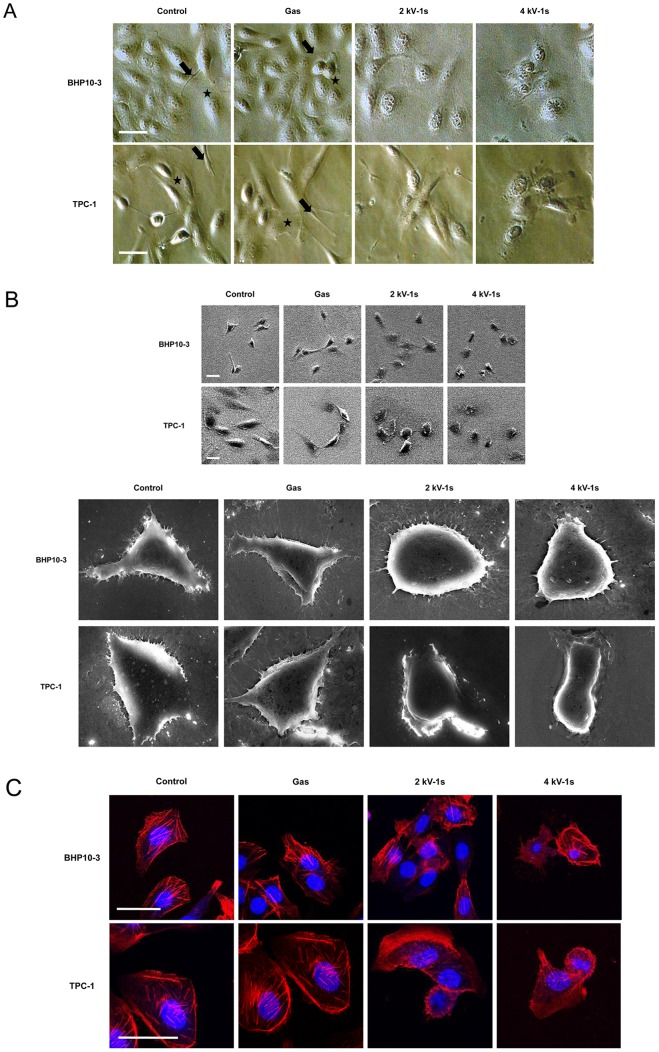Figure 2. NTP affects cell morphology and cytoskeletal rearrangement in BHP10-3 and TPC1 cells.
(A) After treatment with gas (He+O2) only, 2 or 4 kV of NTP for 1 s, respectively, cells were incubated for 24 h. The morphology of both cell lines was then examined by light microscopy. In the control and gas only-treated groups, the cells were flat and elongated, with lamellipodia (asterisk) and filopodia (arrow) that established cell-cell contacts laterally. In contrast, the NTP-treated cells showed morphologic changes characterized by a contracted cytoplasm, inhibited cell-to-cell contact, and abrogated cytoplasmic projections (lamellipodia and filopodia). (B) SEM images confirmed the effect of NTP on cell morphology. The cytoplasm of the NTP-treated cells showed shrinkage and a loss of horizontal polarization and cytoplasmic protrusions. Moreover, the surface of the cells treated with the plasma was rougher than that of the control and gas only-treated cells. (C) Immunofluorescence assays using Texas-Red-conjugated phalloidin were performed to visualize the cytoskeleton (F-actin); Hoechst 33258 was used to label cell nuclei. In the control and gas treated-cells, contractile actin bundles (stress fibers) and a diagonal actin filament meshwork were formed. However, in the NTP-treated groups, the actin filaments were distributed in the contracted cytoplasm destroying the architecture of the cytoskeleton, and no marked stress fiber formation was noted. Scale bar = 50 µm. Each figure was representative of three experiments with triplicates.

